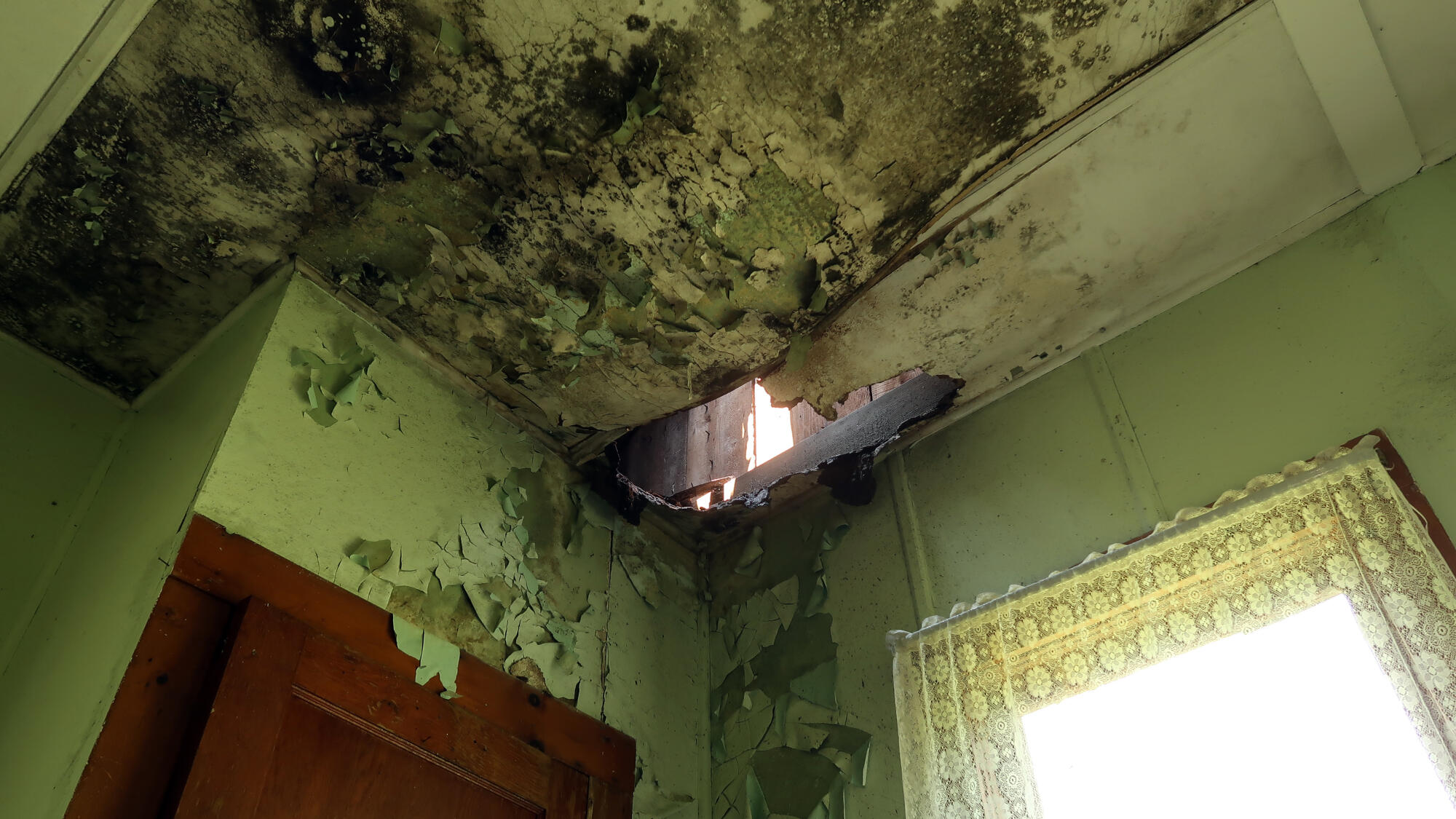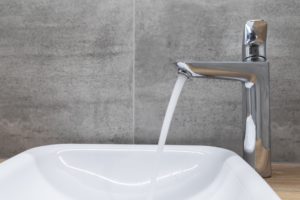Have you ever wondered what to do when water damage strikes your home?
Whether it’s from a burst pipe or heavy rain, quick action is crucial. Water damage can lead to serious problems, like mold growth and structural issues. Knowing the right steps to take can save you time, money, and stress.
Read on as we talk about what every homeowner should understand about water damage restoration.
Types of Water Damage
Types of water damage can vary greatly. One common type is clean water damage which occurs from sources such as broken pipes or overflowing sinks. It is usually safe and easier to clean.
Next, there is gray water damage. This comes from sources such as washing machines or dishwashers. It may contain some contaminants and requires careful cleaning.
Lastly, black water damage is the most serious. It comes from sources such as sewage or flooding. This type contains harmful bacteria and poses health risks.
Each type of damage requires a different approach to restore your home safely. Knowing the type of water damage is important when you need some help in dealing with them.
Signs of Water Damage
Signs of water damage can appear in many ways. One of the first signs is discoloration on walls or ceilings. You may see brown or yellow stains that indicate a leak.
Another common sign is peeling or bubbling paint. This happens when moisture gets trapped under the surface.
You might also notice a musty smell in your home. This smell is often a sign of mold growth. If you find warped or swollen floors, that is another warning sign.
Additionally, if you hear dripping or running water, it could mean a hidden leak. Catching these signs early can help you take action before the damage gets worse.
Immediate Actions to Take
Immediate actions are important when water damage occurs. First, turn off the main water supply to stop more water from entering your home.
Next, unplug any electrical devices in the affected area. This keeps you safe from electric shock.
Then, try to remove as much water as possible. Use towels, mops, or a wet/dry vacuum. If the damage is severe, call a professional flood water removal service for help.
After that, open windows and doors to let fresh air in as this helps to dry out the space. Remove furniture and belongings from the area to prevent further damage. Taking quick action can minimize damage and protect your home.
Water Extraction Process
The water extraction process is a key step in restoring your home. After you remove visible water, it is time to extract the remaining moisture.
If you have a wet/dry vacuum, use it to soak up water from carpets and floors. For larger areas, you may need to call a professional service. They have powerful pumps that can remove water quickly.
Once the standing water is gone, check for hidden pockets of moisture. Use moisture meters to find damp areas in walls and floors.
It is important to extract all water to prevent mold growth. The faster you extract water, the better your chances of restoring your home.
Drying and Dehumidification
Drying and dehumidification are vital steps after water damage. Once you have removed the water, it is important to dry the area thoroughly.
Start by using fans and dehumidifiers to speed up the drying process. Place fans around the affected area to create airflow. This helps moisture evaporate more quickly.
Dehumidifiers are important because they reduce humidity in the air. They pull moisture from the air, which helps dry out walls and floors. It is best to run these machines for several days.
Make sure to check areas that may not be visible, such as behind walls or under floors. Use a moisture meter to find hidden damp spots. The goal is to achieve a dry environment to prevent mold growth and further damage.
Preventing Mold Growth
Preventing mold growth is crucial after water damage. Mold can start to grow within 24 to 48 hours if moisture remains.
To stop mold from taking hold, keep the area dry. Use fans and dehumidifiers to lower humidity levels.
Make sure to check hidden spots where water may hide, such as behind walls or under carpets. Clean and disinfect any wet surfaces. Use a mixture of water and vinegar or bleach to kill mold spores.
If you find mold, act quickly to remove it. For small areas, you can clean them yourself. However, larger infestations may need professional help.
Repairing Water Damage
Water damage repair is an important step in restoring your home. After everything dries, you can start fixing the affected areas. Begin by inspecting the walls, floors, and ceilings for cracks or weak spots.
If you find damaged drywall, cut out the affected sections and replace them with new drywall. Seal the edges properly to prevent further issues. If the flooring remains wet, check whether you can save it or if you need to replace it.
Repaint any walls that have stains or damage. Use mold-resistant paint to help prevent future problems. Finally, check your home’s plumbing and roof to ensure no ongoing leaks exist.
Insurance and Claims Tips
Insurance and claims tips can help you navigate the recovery process after water damage. Contact your insurance company as soon as possible to report the damage. Ask about the next steps for filing a claim.
Document everything related to the damage. Take clear photos of the affected areas and make a list of damaged items. This information will support your claim and help the insurance adjuster.
Keep all receipts for repairs and services. Your insurance may cover these costs, so saving them is important. Regularly follow up with your insurance agent to check on your claim’s status and get updates.
Take the Right Approach to Water Damage Restoration
Water damage restoration is an important process for every homeowner. Acting quickly can make a big difference in how much damage your home suffers. By taking the right steps, you can protect your home and keep it safe from mold and other issues.
Remember to check for signs of water damage and contact professionals if needed. With the right care, you can restore your home and prevent future problems.
If you found this article useful, be sure to check out some of the other great content on our site before you go.



Be First to Comment